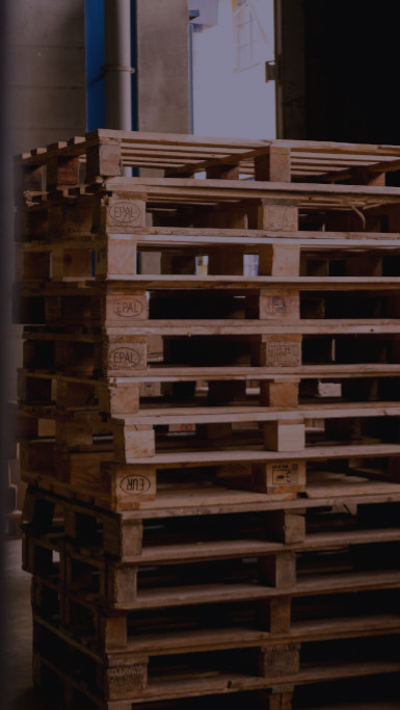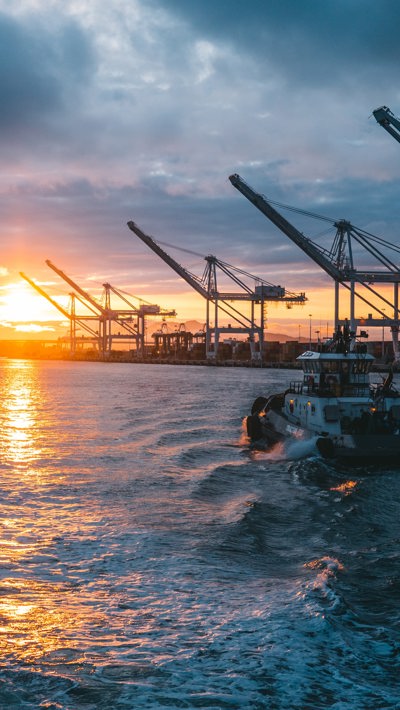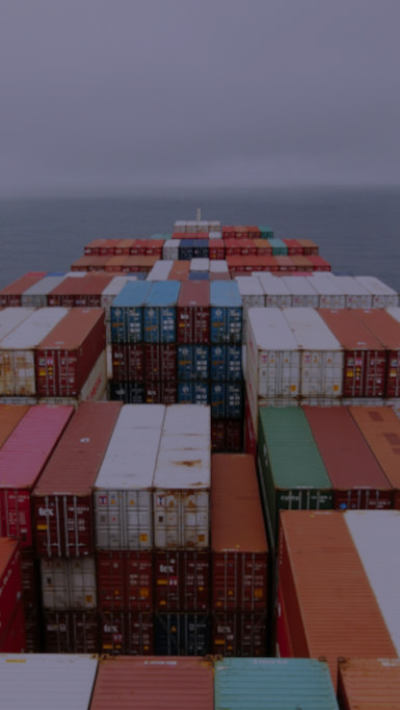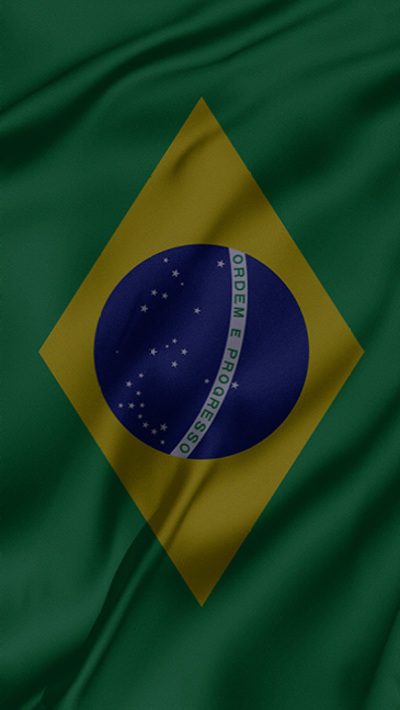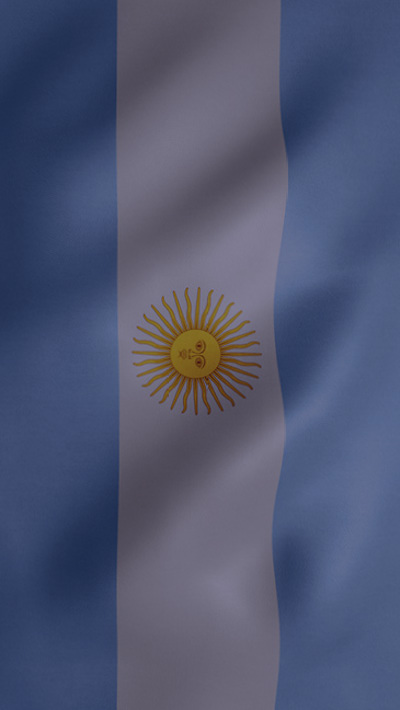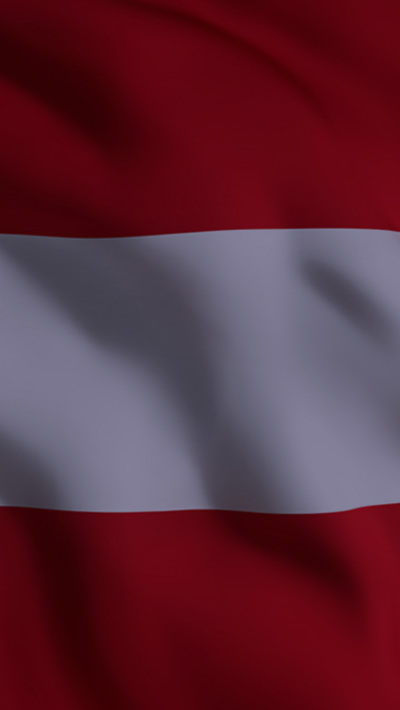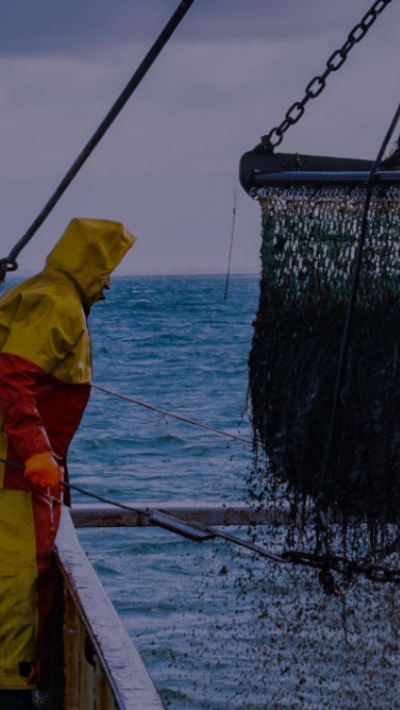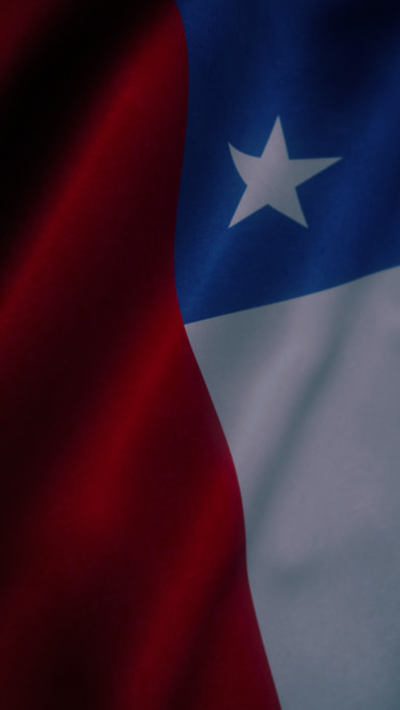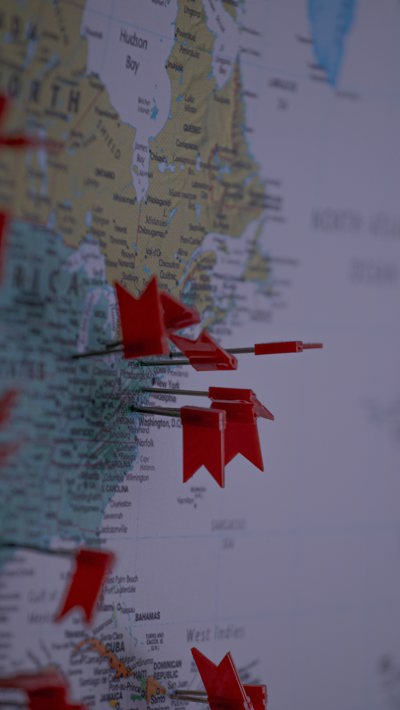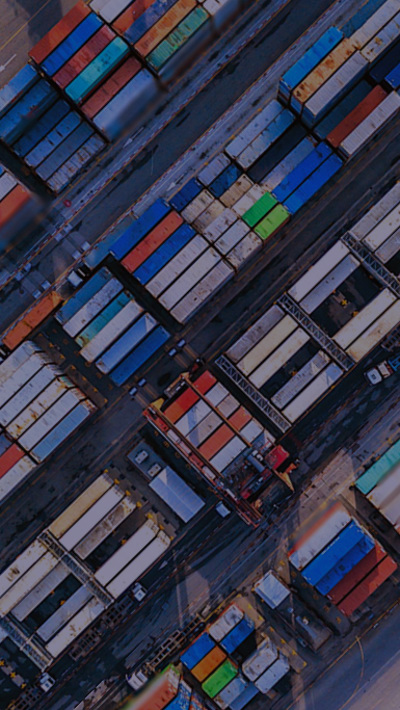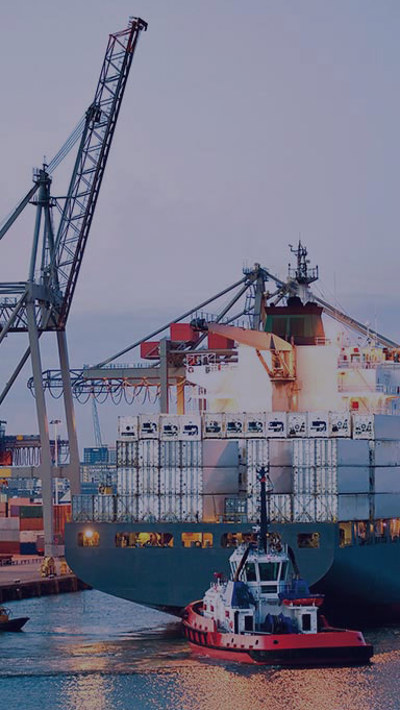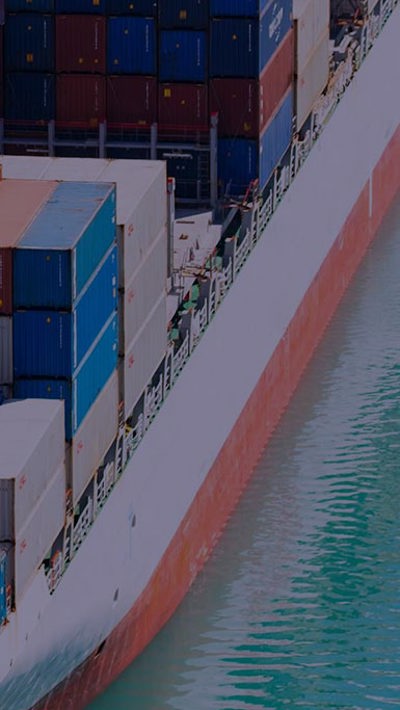Speak to our experts
Contents
Although access for dairy and meat was always going to be problematic given European domestic “sensitivities”, there is much to celebrate in the Free Trade Agreement (FTA) which, after a tortuous four-year negotiation, has now been concluded between New Zealand and the EU.
Tariffs and customs procedures
91% of New Zealand’s current trade into the EU will be duty free from the entry into force of the FTA, rising to 97% upon full implementation after seven years.
For some industries – including kiwifruit, apples, mānuka honey, onions, wine and 99.5% of our existing fish and seafood trade – this represents a significant opportunity, providing open access to a market of close to 450 million people.
Other products will have duties removed over three, five or seven years, including the remainder of seafood trade, and retail infant formula (seven years), non-mānuka honey (three years), and casein (five years).
Tariffs are also eliminated on manufactured goods, textiles, apparel and leather products, most from day one.
However, there will be less opportunity for dairy and meat exports, areas of strong EU domestic production.
- Sheep meat: New Zealand currently has access to the EU through a New Zealand-only WTO duty-free quota of 125,769 tonnes. This will be increased by 38,000 tonnes over seven years.
- Beef: New Zealand currently has access to the EU through a New Zealand-only quota of 1,102 metric tonnes of high-quality beef with an in-quota tariff of 20%. This tariff will fall to 7.5% on entry into force, with a 10,000 tonne increase in allowance, again to be phased in over seven years.
- Dairy:
- Butter: New Zealand currently has access to the EU through a New Zealand-only WTO quota of 47,177 tonnes. However, this quota is barely used as there is a high in-quota tariff of €700 per tonne, and onerous administrative conditions. Under the FTA, the tariff will drop to around €95 per tonne seven years after entry into force, and there will be an additional 15,000 metric tonnes of quota phased in over seven years.
- Cheese: New Zealand currently has access to the EU cheese market through a New Zealand-only WTO quota of 6,031 tonnes. Like butter, this is hardly used (the in-quota tariff is €170.60 per tonne). Under the FTA, the tariff on this quota will fall to zero, and there will be an additional 25,000 metric tonnes of quota phased in over seven years. Separately, tariffs on processed and blue cheese will be eliminated over seven years.
- Milk powders: New Zealand currently has no preferential access to the EU for milk powder or high-protein whey. Under the FTA, there will be 15,000 tonnes of quota for powders, and 3,500 metric tonnes for high-protein whey, both being phased in over seven years. The milk power quota will be subject to an in-quota tariff of 20% of the applicable tariff rate that the EU applies to the rest of the world.
The FTA also aims to facilitate efficient customs procedures for importers, including a partnership programme that will allow ‘authorised economic operators’ access to quicker and more streamlined customs processing.
Chapters related to sanitary and phytosanitary measures, and technical barriers to trade, seek to reduce non-tariff barriers to trade. There are specific rules relating to trade in wine and spirits that will help to reduce the regulatory burden and costs for New Zealand wine and spirits producers exporting to the EU.
Geographic Indications
New Zealand’s regime for the registration of wine and spirits geographical indications (GIs) will be extended to include agricultural products, foodstuffs and other types of beverages. Alongside this, New Zealand and the EU will each protect a list of the other’s geographical indications. The EU will protect 23 New Zealand wine GIs (including Marlborough, Central Otago, Waiheke Island and Martinborough).
New Zealand cheese producers must stop using the term ‘feta’ within nine years, while the wine and spirits industry will need to stop using ‘sherry’ and ‘port’.
Producers currently making parmesan and gruyere will be able to continue using these terms but they will not be available to any new entrants.
A process for the registration of new GI terms will be developed in due course.
Intellectual Property
Changes to New Zealand’s Copyright Act 1994 will be required, with New Zealand having agreed to extend the copyright term by 20 years for authors, performers and producers. It will also extend the protection it gives to digital locks by preventing people from taking action to circumvent them except in limited circumstances. New Zealand has four years to make these changes.
The text includes flexibility for New Zealand to respond to Te Tiriti obligations, such as those arising from Wai 262.
Services, Investment and Digital Trade
A key area where there is new and improved access is for education providers, including English language education services, an area of interest for New Zealand providers. This is the first time the EU has agreed to commitments in this sector.
New Zealand and the EU have also both committed to provide access for each other’s business persons, including by agreeing to facilitate the processing of applications for entry and temporary stay.
The screening threshold under New Zealand’s Overseas Investment regime will be raised to NZ$200 million for investors from the EU (as agreed with New Zealand’s other FTA partners). There is no investor-state dispute settlement under the FTA.
There are also provisions to facilitate digital trade while maintaining safeguards to ensure that both Parties retain the right to regulate in the public interest.
Sustainable Development and Inclusive Trade
Trade and sustainability is a key feature of the EU NZ FTA, with a range of provisions covering trade and labour, trade and biological diversity, trade and forests, and trade and sustainable management of fisheries and aquaculture. Inclusive trade is also an emphasis.
Highlights include:
- Climate Change: a provision that makes each Party’s commitments under the Paris Agreement binding and enforceable through the FTA’s dispute settlement mechanism.
- Environmental goods: agreement to remove customs duties on a list of environmentally beneficial goods.
- Fossil fuel reform: provisions including a commitment to strengthen cooperation on reform policies and measures, particularly in the WTO.
- Fisheries subsidies: both Parties commit to refrain from providing harmful fisheries subsidies - the first time the EU has made such a commitment in a bilateral FTA.
- Gender: an obligation to implement relevant international UN agreements, including the UN Convention on the Elimination of Discrimination Against Women (CEDAW).
- Sustainable Food Systems: establishment of a platform for cooperation on issues spanning the food system with the aim of working together across the economic, environmental, social, and cultural bases of the system to improve food security and nutrition for future generations.
- Animal Welfare: affirmation of the high priority both Parties afford the welfare of farmed animals, and recognition that, despite differences in farming practices, each Party’s laws and regulations provide comparable animal welfare outcomes. The Parties also agree to exchange information and cooperate on animal welfare issues.
- Inclusion: establishment of a Civil Society Forum, and a requirement for the Parties to each designate a Domestic Advisory Group to provide views on the Agreement’s implementation.
Māori Trade and Economic Development
The FTA includes a Māori Trade and Economic Cooperation Chapter which identifies a number of areas to enhance the ability for Māori to access the benefits from the FTA, develop business links between Māori and EU enterprises, and to strengthen science, research, and innovation connections.
The chapter acknowledges Te Tiriti as a foundational document of constitutional importance to Aotearoa New Zealand, and references Te Ao Māori, Mātauranga Māori, Tikanga Māori, Kaupapa Māori, Tāonga and Wāhine Māori to achieve wellbeing.
Next Steps
The text of the Agreement will be finalised, and then signed prior to ratification. For New Zealand, this includes select committee review and Parliamentary consideration of any legislation required to implement the FTA. The EU process for ratification is expected to take some time, meaning that entry into force looks unlikely before 2024.
Further information on the FTA can be found on the Ministry of Foreign Affairs and Trade’s website.







